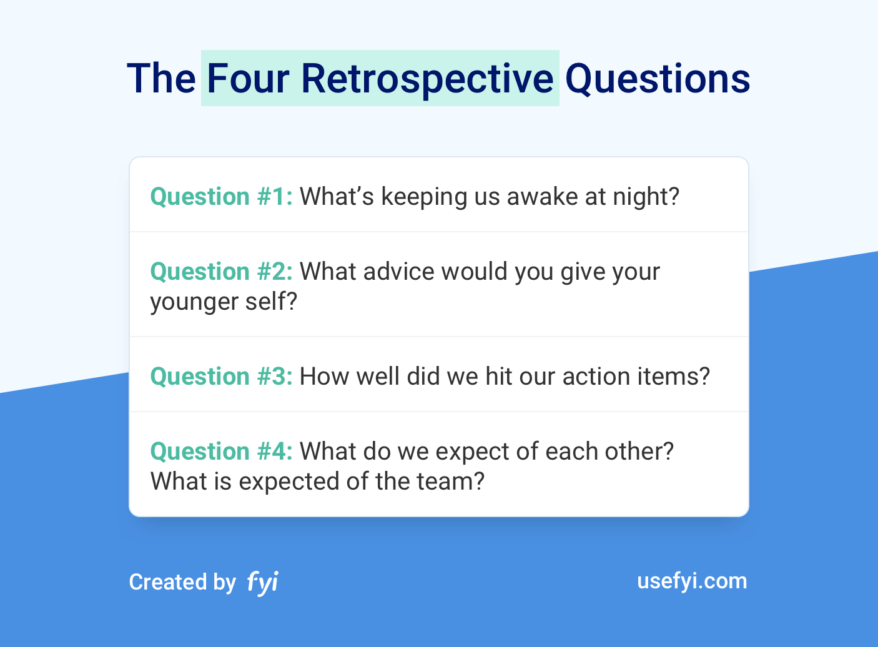
Once the time is up, each person presents their positives and puts their sticky notes directly in the ‘+’ column that you drew up earlier.Set the timer to 5 minutes and ask your team to write down all the positive things about the project, with one positive thing per sticky note. Now it’s time to move to the next phase in the retrospective: summarising the positives and negatives in a project.Once everyone has put up their answers, you will have a nice visual overview of the groups overall impression of each question. So if the sticky note says six, stick it under number six on the scale. Once the time is up, ask each person to come forward and stick their sticky note on the scale under the number they chose.A rule of thumb is to give 1 minute per 2 questions. Time will vary depending on how many questions you have. Read out all your questions and ask the team to silently note their rating (a number between 1-10) on a sticky note.You should have something that looks like this: Under the scale, draw a line from 1 through to 10, where 1 is low and 10 is high. Write each number left to right, with a small space between each. Underneath each question on the whiteboard and draw a scale from 1 to 10 under each question.These questions could include: “How valuable were the outcomes of this project for the client?”, “How smooth was the process of working together as a team?”, “How manageable did the deadlines and expectations feel?” etc.

It’s a good idea to have a set of key questions that you go through after each significant project. Before the Retrospective starts, write down the list of questions you want to gain the group’s feedback on.If your project was more of a bumpy ride, retrospective is the perfect opportunity to turn past mistakes into learning opportunities! Either way, a classic retrospective is a great tool and should be part of every team’s toolbox! If the project has been successful, it gives you one more chance to celebrate the team, internalize the success, and give credit where it's due. It not only allows you to take stock of what’s been done and achieved, but also gives your team a sense of closure. This exercise is great for evaluating a big piece of work or project that has involved many people.


 0 kommentar(er)
0 kommentar(er)
